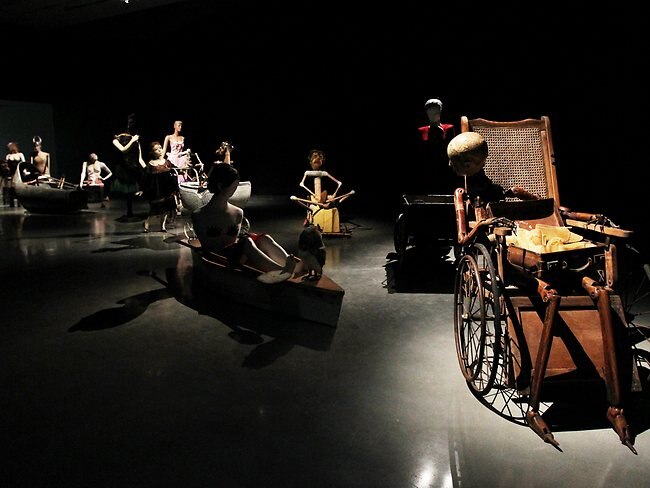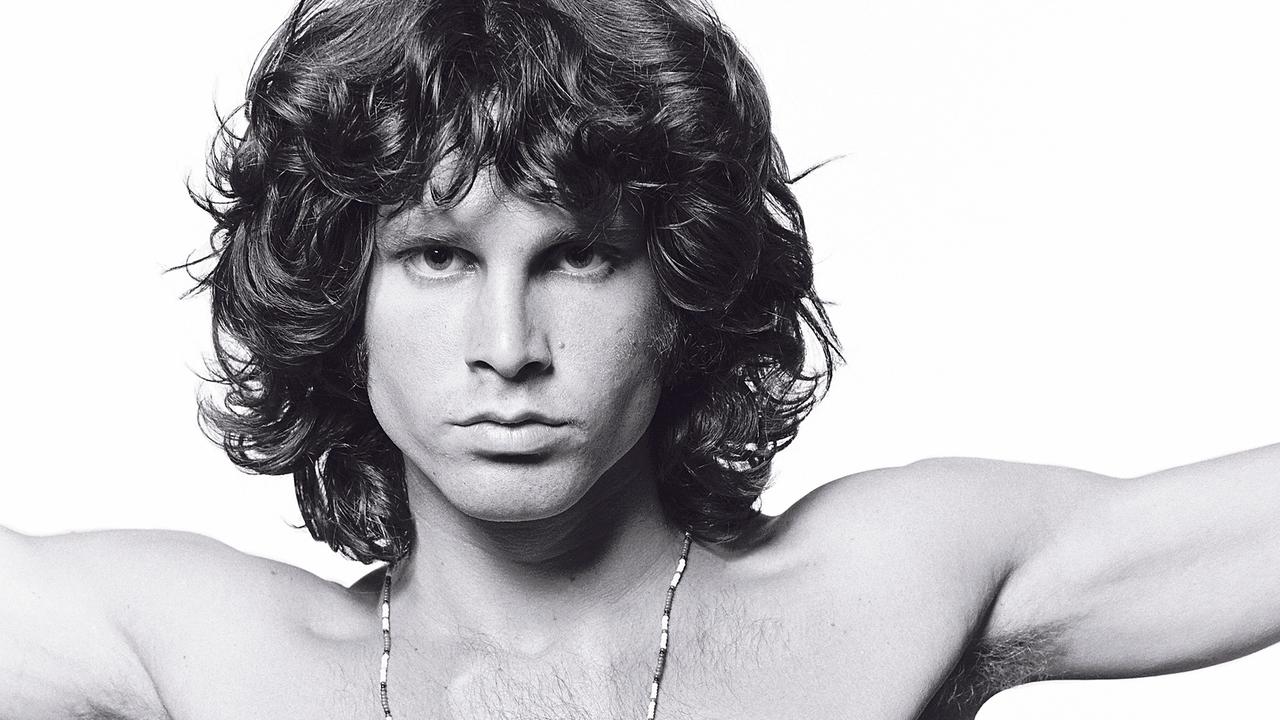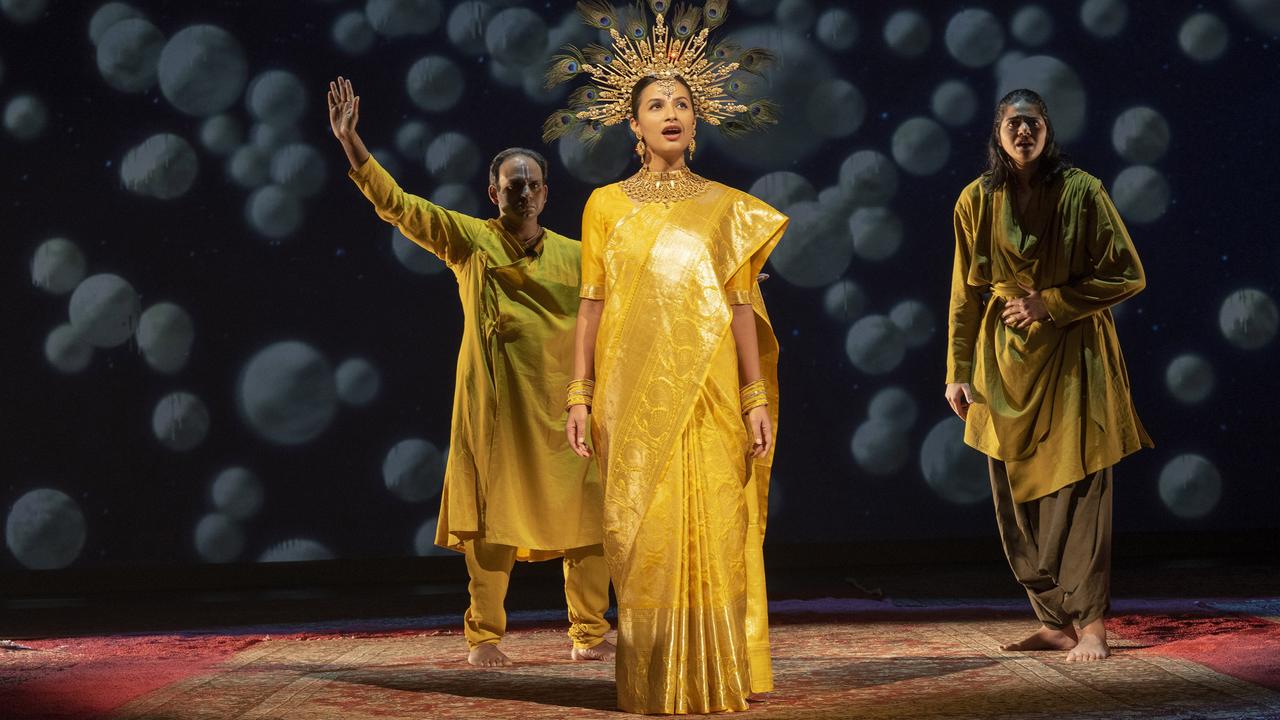Big claims but few surprises
JUST as we ignore the spin of politicians, we learn to discount the cliches with which art is marketed.
JUST as we ignore the spin of politicians, we learn to discount the cliches with which art is consistently marketed. When we read that an exhibition is exciting or innovative we instantly feel the chill draft of boredom. But this year's Biennale of Sydney co-director Catherine de Zegher makes some truly astonishing claims for the novelty and importance of the exhibition, while inevitably evading any specific commitment through sheer vagueness.
The work collected here, we are assured in the Biennale press release, "concerns a global movement of art and thought that has been under the radar and now emerges as radical and dynamic". Gosh, what can this new movement be? Well, whatever it is represents "wholly new ideas, a truly global proposal of what art is and what it does in society". Yes? So what are these wholly new ideas?
The press release is evasive, couched in vacuous language overseasoned with superlatives: the show "connects absolutely local issues, the most intimate meanings of place and time, with great currents of art and thought". No details about what these issues or currents may be, of course; and yet this, apparently, amounts to a "groundbreaking premise".
A little more detail emerges from the introduction in the catalogue, and one wonders why this could not have been more effectively stated in the press release. Modernism was apparently based on "separation, negativity and disruption", and the co-directors suggest that a new mood is abroad, one that favours "connectivity" between people and with the natural environment. "Conjunctive energies" and an "attunement between all creative impulses" seem to be the way of the future.
Still more is revealed in de Zegher's long essay surveying the shape of the whole exhibition and its sub-themes; or at least the same ideas, of connection rather than disconnection, are rehearsed again and again in prose of almost fantastic verbosity. For all the assertions that a radically new model is being presented, we find ourselves wading through the familiar pseudo-theoretical discursive swamp known as artspeak.
I will discuss the underlying ideas in more detail in a full review of the Biennale in a few weeks, and the overriding question will be whether this warm and fuzzy celebration of togetherness has any substance and any significance in relation to the social, economic and ecological realities of the contemporary world, or whether it is just, like so much in contemporary art, another form of cultural escapism.
As usual Cockatoo Island is the most interesting part of the exhibition, because even works of doubtful substance get a helping hand from the intrinsically evocative environment and natural beauty of the harbour. At the same time, they have the advantage of being encountered separately. In the neutral environment of the Museum of Contemporary Art and the Art Gallery of NSW, though, works are left to fend for themselves and, seen in succession, look too often like more of the same.
There are a number of interesting things on the island, and several that are aesthetically appealing, though none that stands out as William Kentridge did in 2008. Most are concerned to evoke the organic life of nature. Several works are in effect elaborate mechanical emulations of natural processes, like Philip Beesley's Hylozoic Series. The rare attempts to represent nature however, like Adam Cvijanovic's enormous painting of a riverscape, show much less attention to the world than concern for gimmicks of presentation. Perhaps the most curious of all the exhibits on the island is Maria Fernanda Cardoso's exquisitely executed enlarged models of insect penises, although they inevitably raise the question of the boundary between art and natural history.
The MCA display includes several paintings by David Aspden; the insipid tone set by his works is carried on in a variety of Asian and Aboriginal works, all more or less non-committal and decorative. The only thing that stands out strongly is the disturbing installation by Judith Wright: a collection of dolls and mannequins with human or animal heads or monstrous masks, often pushing carts, prams or wheelbarrows. A similar installation by Wright is also the only thing that stands out in the otherwise self-indulgent Contemporary Australia: Women show at Brisbane's Gallery of Modern Art.
The Art Gallery of NSW component is not much better. Several items are mildly interesting, such as Subhankar Banerjee's aerial photograph of caribou migration or Guido van der Werve's video of a figure walking along a sheet of ice, followed by an icebreaker. Most memorable -- though this is not really saying much -- are Jorge Macchi's superimposed city maps, which must have taken much patient work with a Stanley knife. By cutting out the city blocks and leaving only the streets, Macchi has reduced these urban agglomerations to networks of pathways or, in the terms of the exhibition, of relations.
VISUAL ART
Biennale of Sydney
Various venues, Sydney. Until September 16.




